How to Watch the Stunning “Ring of Fire” Solar Eclipse in the US This Saturday
Everything you need to know about the one in a few decades event.
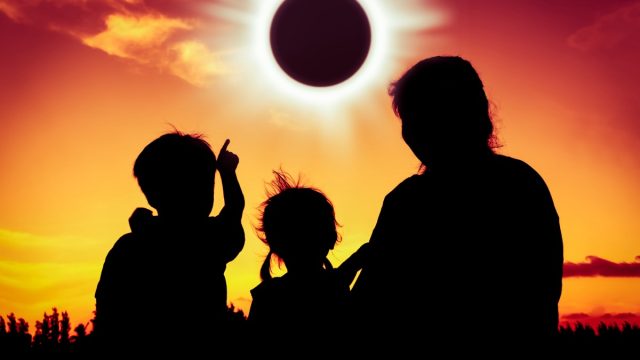
An annular solar eclipse happens when the moon appears relatively small in the sky and does not fully cover the disk of the sun, leaving a thin outer ring often called a “ring of fire.” This week, the rare event is going to take place in the United States. Here is everything you need to know about it, including where you can watch it.
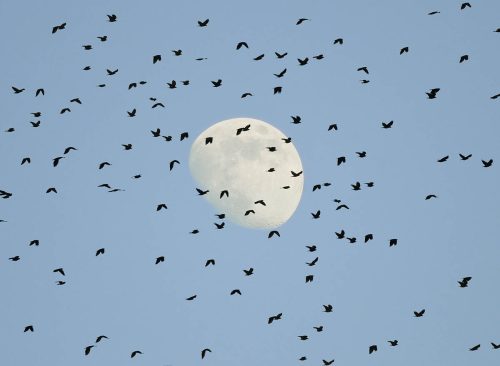
The latest annular solar eclipse, which will involve the moon passing in front of the sun, will happen on Saturday, October 14, 2023.

While an annual and total solar eclipse happen when the moon intercedes between the Earth and the sun, they are drastically different. In an annular event, the moon doesn’t entirely cover the solar disk, leaving behind a hollowed-out sun surrounded by a narrow circle of sunlight. In a total solar eclipse, the moon fully blocks the sun, resulting in darkness.
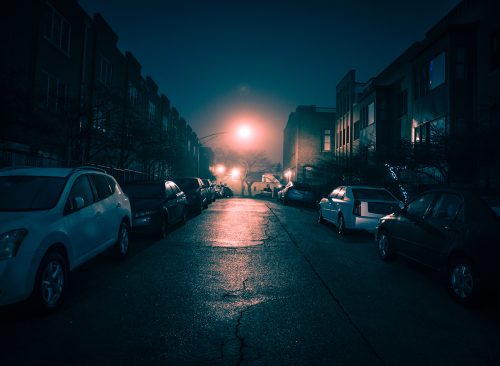
During a total solar eclipse, the sun is completely covered by the moon, resulting in a jet-black void. The temperature drops and day turns to night for a few minutes.
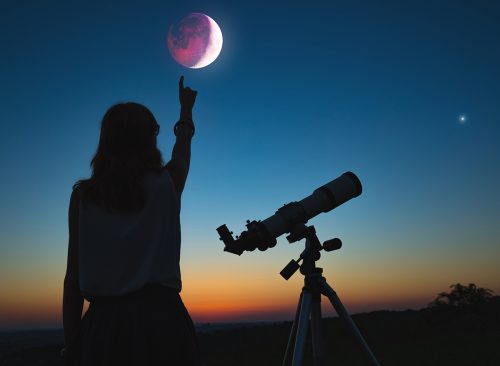
The last annular eclipse visible from the United States was one May 20, 2012. The sunset ring of fire could be seen across Texas and the Southwest.

The next annular eclipse in the United States won’t be until 2046. The ring of fire will appear over southern Oregon, northern California, extreme northwest Nevada and southwest Idaho.
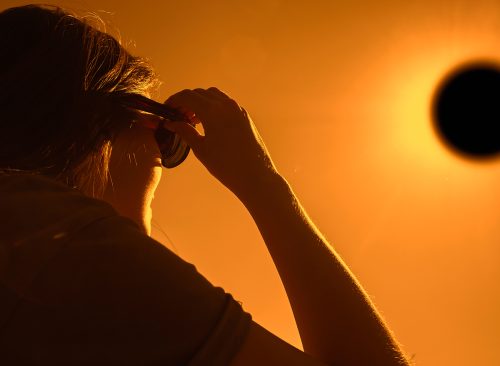
The next total solar eclipse is coming up in six months on April 8, 2024. The moon will completely cover the sun for four minutes, during day into night.

You should wear protective eclipse glasses to avoid permanent eye damage when watching the annular solar eclipse. You should keep the glasses on the whole time, as the sun is never fully blocked.
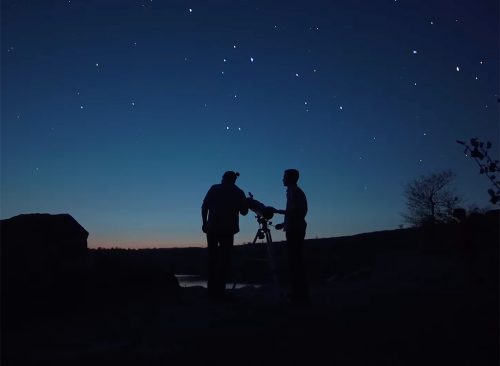
Those in the lower 48 states will witness at least a partial solar eclipse – a partially eclipsed sickle-shaped or croissant-shaped sun will be visible.
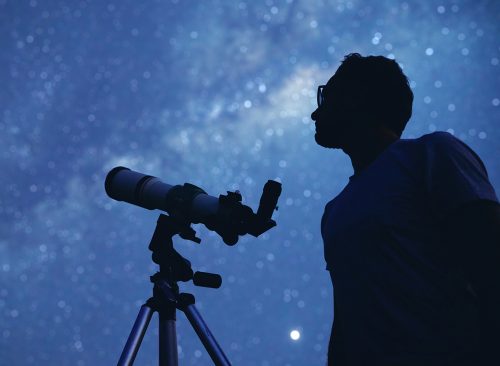
Unfortunately, only a narrow swath from Oregon (between Eugene and Medford) to Texas (Elko, Nevada, Southern Utah, Albuquerque, Roswell, New Mexico, and Midland, San Antonio, and Corpus Christie, Texas) and parts of Mexico, Central America, Colombia, and Brazil will be able to see the full ring of fire. For exact locations and times, view interactive maps and tools at NASA and timeanddate.com.
RELATED: Surprising Signs You’ve Already Had COVID
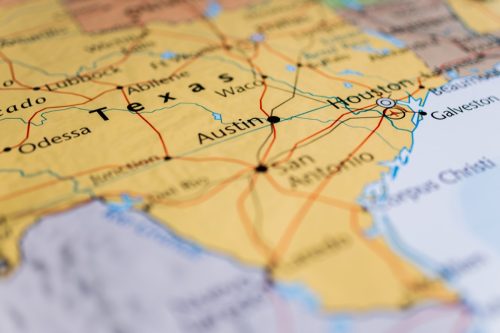
The total solar eclipse can be seen from the Texas-Mexico border to Maine.














